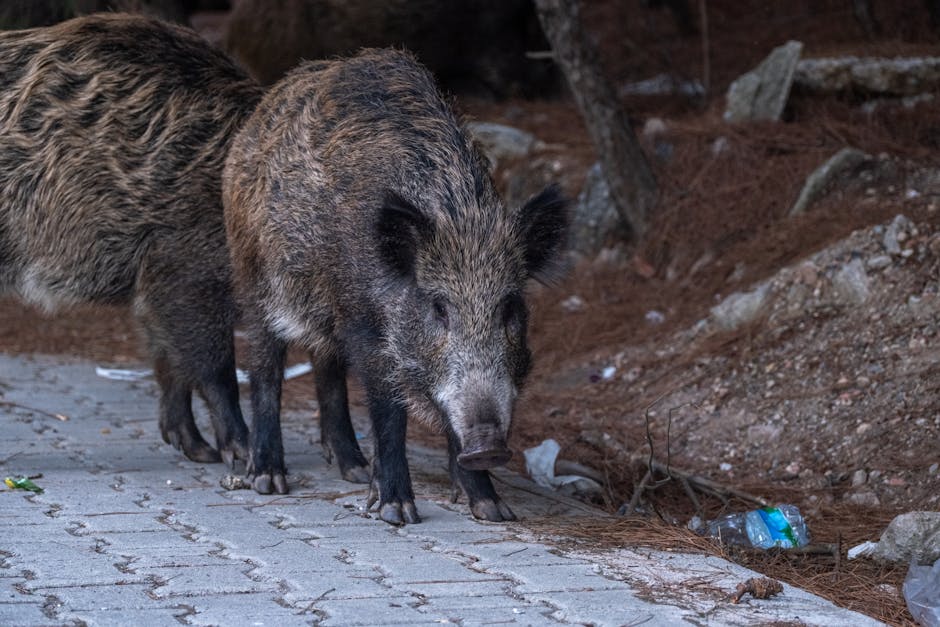Inspect the Impact of Climate on Wild Morel Emergence – 9 Clues
Unraveling the Mystery: How Climate Influences Wild Morel Emergence – 9 Clues
The elusive morel mushroom, a culinary delicacy and a forager’s dream, holds a special place in the hearts of nature enthusiasts. Its unpredictable appearance adds to the mystique, making the hunt all the more exciting. But what governs this enigmatic emergence? While the precise mechanisms remain partially shrouded in mystery, one factor stands out: climate. The intricate dance between temperature, moisture, and other environmental cues plays a crucial role in dictating when and where these prized fungi decide to grace us with their presence. Understanding these climatic influences provides valuable clues for those eager to find these delectable treasures. This article delves into the nine key climatic factors affecting morel emergence, equipping you with the knowledge to improve your foraging success and appreciate the complex interplay between climate and the natural world.

Temperature: The Goldilocks Factor
The Ideal Temperature Range
Morels are notoriously picky about temperature. They prefer a “Goldilocks” zone, neither too hot nor too cold. This optimal range typically falls between 45°F and 55°F (7°C and 13°C) for soil temperatures. Consistent temperatures within this range for several days to a week often trigger the fruiting process. Fluctuations outside of this comfort zone can hinder or halt morel development altogether.
Impact of Frost and Freezing
While morels can tolerate light frosts, prolonged freezing temperatures can damage the developing mycelium, the underground network of fungal threads. A late frost can decimate a promising morel patch, dashing the hopes of eager foragers. Conversely, a period of freezing temperatures followed by a gradual warm-up can sometimes stimulate morel growth.
The Importance of Soil Temperature
Air temperature alone doesn’t tell the whole story. Soil temperature is a more accurate indicator of morel emergence. Measuring the temperature a few inches below the surface provides a better understanding of the conditions experienced by the mycelium. Using a soil thermometer can be a valuable tool for serious morel hunters.
Moisture: The Life-Giving Elixir
The Role of Rainfall
Adequate moisture is essential for morel growth. A period of consistent rainfall, especially in the weeks leading up to the typical morel season, creates the ideal moist environment. However, waterlogged soil can be detrimental, inhibiting oxygen flow and hindering mycelium development.
The Impact of Humidity
High humidity levels, coupled with appropriate soil moisture, create the perfect microclimate for morel fruiting. This humid environment helps prevent the delicate mushrooms from drying out and allows them to reach their full potential.
Snowmelt and Spring Runoff
In many regions, the melting of snowpack and the subsequent spring runoff provide a vital source of moisture for morels. These conditions often coincide with the ideal temperature range, creating a prime environment for morel emergence.
Soil Conditions: The Foundation of Growth
Soil Type and pH
Morels thrive in well-drained soils rich in organic matter. They often prefer slightly acidic to neutral soil pH levels. Sandy or loamy soils are generally more conducive to morel growth than heavy clay soils.
The Importance of Soil Nutrients
Morels, like all fungi, obtain nutrients from the soil. Areas rich in decaying organic matter, such as leaf litter and decaying wood, often provide the necessary nutrients for robust morel growth.
Disturbed Ground and Burn Sites
Morels are sometimes found in areas of disturbed ground, such as recently logged areas or areas affected by wildfires. These disturbances can alter soil conditions and stimulate morel fruiting.
Tree Associations: Symbiotic Relationships
Morels often form symbiotic relationships with certain tree species. These relationships benefit both the morel and the tree. Understanding these associations can provide valuable clues for morel hunters.
Specific Tree Species
Different morel species exhibit preferences for different tree species. For example, yellow morels are often found near ash, elm, and apple trees, while black morels are often associated with conifers and hardwoods.
The Role of Mycorrhizae
Morels form mycorrhizal relationships with trees, where the fungal mycelium interacts with the tree’s root system. This symbiotic relationship allows the morel to obtain nutrients from the tree, while the tree benefits from increased water and nutrient uptake.
Dead and Dying Trees
Morels are often found near dead or dying trees, particularly those recently affected by disease or insect infestation. The decaying wood provides a rich source of nutrients for the morels.
Conclusion
The emergence of wild morels is a complex phenomenon influenced by a delicate interplay of climatic factors. Understanding the role of temperature, moisture, soil conditions, and tree associations can significantly improve your chances of finding these prized fungi. While the hunt for morels remains a challenging and rewarding pursuit, armed with this knowledge, you can approach the search with a greater appreciation for the intricate connections within the natural world.
What is the ideal temperature range for morel growth?
The optimal temperature range for morel growth is typically between 45°F and 55°F (7°C and 13°C) for soil temperatures.
How does moisture affect morel emergence?
Adequate moisture, in the form of rainfall, humidity, and snowmelt, is essential for morel growth. However, excessive moisture can be detrimental.
What type of soil do morels prefer?
Morels thrive in well-drained soils rich in organic matter, with a slightly acidic to neutral pH.
What trees are morels often associated with?
Different morel species exhibit preferences for different tree species, including ash, elm, apple, conifers, and various hardwoods.
Why are morels sometimes found in disturbed areas or burn sites?
Disturbances can alter soil conditions and stimulate morel fruiting, providing a flush of nutrients.
| Factor | Impact on Morels |
|---|---|
| Temperature | Optimal range is 45-55°F |
| Moisture | Essential for growth, but not excessive |
| Soil | Well-drained, rich in organic matter |
- Temperature
- Moisture
- Soil Conditions